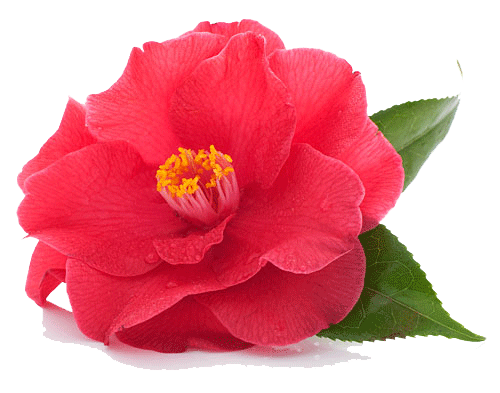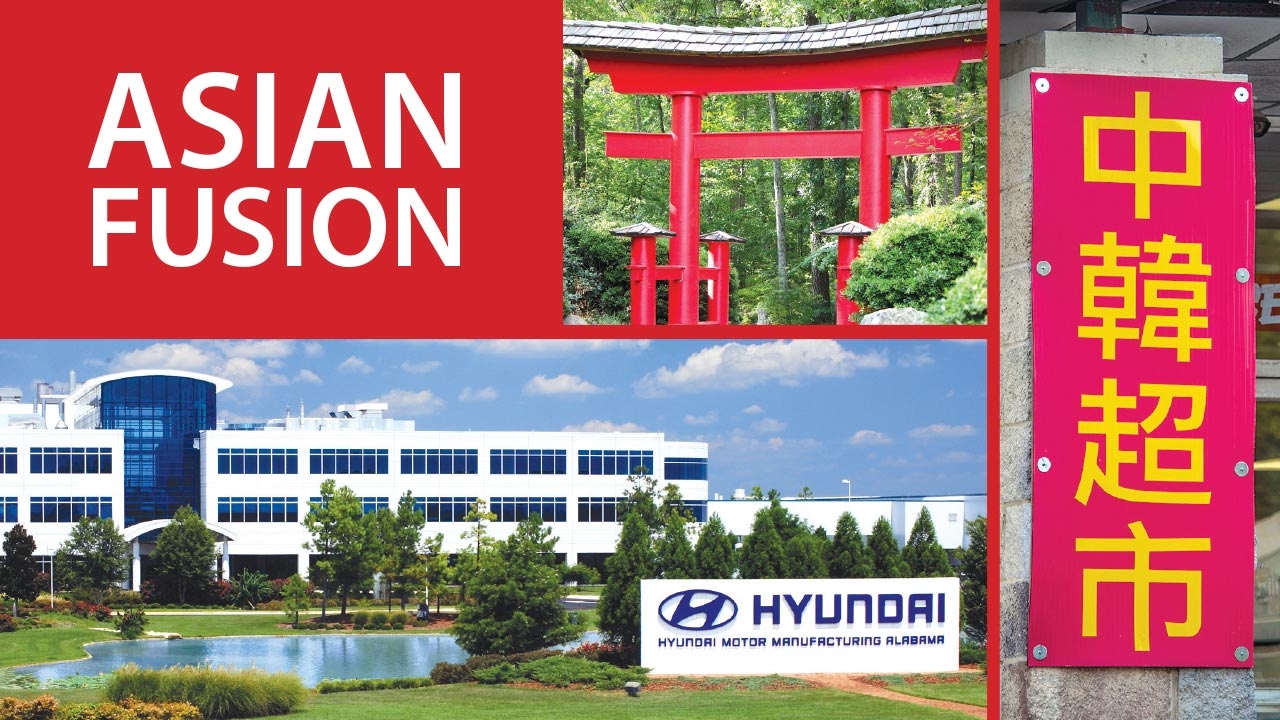Asian immigration to the American South began with a splash: In the 1800s, Filipino sailors leaped from Spanish galleons to escape their cruel masters, swimming ashore to settle in Louisiana’s marshes. Two hundred years later, the South is home to the second largest percentage of Asians/Asian Americans in the United States after the West, according to the 2010 U.S. Census. And it’s the region where the U.S. Asian population grew the fastest in the previous decade.
 John Van Sant
John Van SantJohn Van Sant, Ph.D., has seen evidence of that growth across Alabama, from the vibrant markets and restaurants on Birmingham's Greensprings Highway to the sleek factories settling in rural towns. The associate professor in the College of Arts and Sciences Department of History recently explored the fascinating, diverse experiences of Asian immigrants and their descendants through the years in Far East, Down South (2016: University of Alabama Press). Van Sant, whose research and teaching focuses on east Asia—particularly Japan and China—and world history, coedited the book of essays with the late Raymond Mohl, Ph.D., distinguished professor of history at UAB, and Chizuru Saeki, Ph.D., professor of history at the University of North Alabama.
What currently attracts Asian immigrants to the South, and to Birmingham in particular?
Van Sant: “The initial draw is education, particularly in professional areas such as medicine, engineering, and other technical fields. Some are coming to UAB, which has a great reputation in those areas. Through word of mouth, their relatives and friends follow them. Some decide to stay and make their homes in Alabama or elsewhere in the United States.”
The book notes that Asians often were considered a “third race” between whites and blacks who could mostly associate with whites, but they also have faced prejudice, discrimination, internment, violence, and anti-immigration legislation along the way, particularly during wartime. How have recent immigration laws, such as those passed in Alabama, affected Asians and Asian Americans?
Van Sant: “There is trepidation and fear and perhaps frustration, particularly among first-generation immigrants who have made the sacrifice to come to America. They work hard, study hard, and do the right things, and because of politics, they are stigmatized as potential illegal immigrants.
“It certainly has caused problems in Alabama’s business community. A lot of Alabamians don’t realize that a significant portion of the state’s economy has an international base.”
What gaps does this book fill in our understanding of the region’s past and present?
Van Sant: “When people talk about race relations in the South, they usually mean white and black. This book shows that the South is more diverse than that, and that Asians and Asian Americans have put down roots here for quite a while.”
 Beauty Without Borders: Alabama’s state flower, the camellia, is itself an Asian import. And its popularity in American gardens owes a lot to Japanese immigrant Kosaku Sawada, according to the book. Beginning in the 1920s, Sawada, who owned a flower nursery in Mobile, earned fame as the nation’s leading hybridizer of camellias.
Beauty Without Borders: Alabama’s state flower, the camellia, is itself an Asian import. And its popularity in American gardens owes a lot to Japanese immigrant Kosaku Sawada, according to the book. Beginning in the 1920s, Sawada, who owned a flower nursery in Mobile, earned fame as the nation’s leading hybridizer of camellias.
Hyundai photo by Hyundai Motor Manufacturing Alabama


